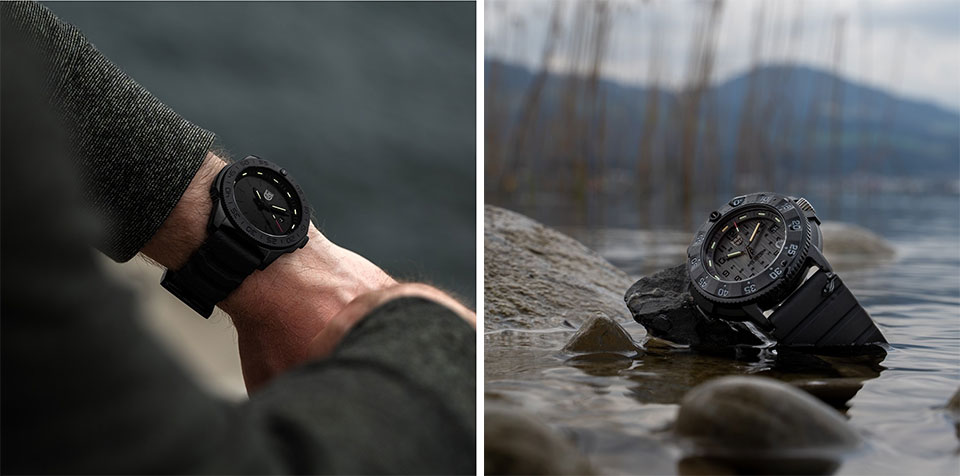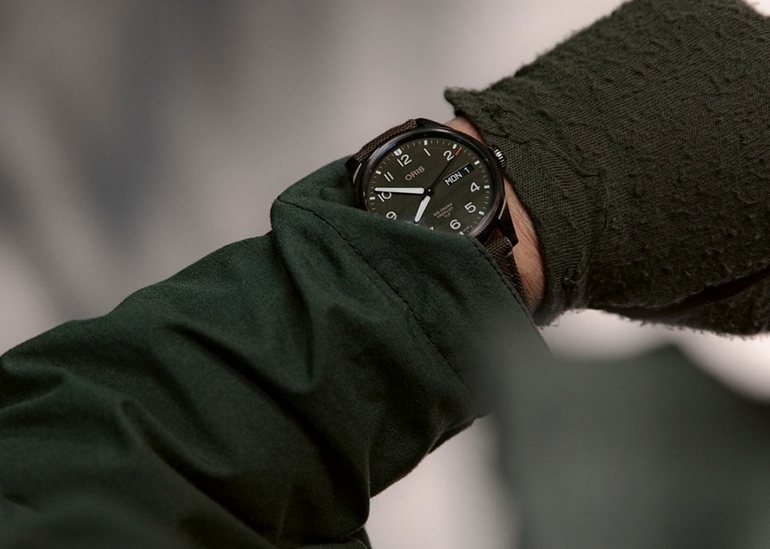We repeatedly receive questions like: "I have such and such a problem with my watch, what should I do?"
Let's try to figure it out!
The most common problem is that the clock is not running. The most commonplace reason is that you forgot to start them (this is if the watch is mechanical) or the battery has run down to zero (if the watch is electronic). It is clear that we are not saying this without irony, but still it happens. Especially in the case of self-winding mechanical watches. Do not forget: in order for the automatic winding to work, the watch needs to be in motion from time to time! Not constantly, no - 6-8 hours a day is enough in natural conditions (ie on the arm) or, if you do not wear a watch for a long time, stay in a self-winding box (included, of course).
Well, if such a watch stops, try winding it up with the crown - most automatic watches allow this - or wiggle it from side to side, should go.
For electronic watches, the simplest recipe for starting them is replacing the battery, it is not difficult. There are solar-powered watches - take them out of the dark drawer and keep them in the light. You look and they will rise ...
But there are also more serious situations. Let us first note several reasons for the stoppage of the clock.
- Re-plant. Rotate the crown only until you feel it start to resist. Otherwise, the mainspring could be damaged!
- Translation of the date at the wrong time. It is not necessary to do this during the period when the mechanism itself began to move to the next date (usually from 22 to 3 o'clock). If you interfere with it, damage the mechanics.
- Failure of the crown itself. If you have a screwed one (which is good in principle, since it is associated with an improvement in water protection), then it must be screwed to the end and must be carefully screwed, because otherwise you can break the thread, and after that do not twist it - everything is useless.
- Careless (frivolous) handling of the watch when using them. There are many options. Of the common - you forgot (were too lazy) to give the watch normal maintenance. And they are a complex technical device with many moving parts, which requires not only lubrication, but also its timely replacement! Another common option is corrosion of the mechanism or dirt / dust in it. Read the instruction manual and, if, for example, the water resistance of the case is 30 meters, do not dive deep in the watch!

By the way, about water resistance. Do not take these numbers literally, 30 meters (3 ATM) does not mean at all that the watch can dive to such a depth! They mean something completely different: that the case was successfully (yes, with a 25% margin) tested for this pressure under static conditions. And when swimming and diving, not only and not so much static acts, the main thing is the dynamics when the hand moves with the clock! Here is a standard table that deciphers the conditional meters of water resistance (WR, from the English Water Resistance) and brings them to real life:
| WR, meters | What can |
| 30 | Walk in the rain |
| 50 | Wash hands or dishes, take a shower, swim slowly |
| 100 | Swim normally, dive (shallow) |
| 200 | Scuba diving (really - no deeper than 20 meters) |
| More 200 | Almost everything is professional "divers" |
By the way, it is not recommended to take a hot bath, visit a bathhouse and generally expose them to high temperatures, as well as to its sudden changes, in watches even with decent water resistance. It is worth remembering that the soap solution penetrates inside more easily than plain water, and salt water (sea water) is completely aggressive, and not only in relation to the mechanism, but also, for example, to the leather of the strap. In turn, extremely low temperatures can lead to the "extinction" of the LED display of the electronic clock.
Well, what to do if the "terrible" did happen, for some of the above reasons or for any other? The most correct thing is to take the watch to a good workshop. It is desirable to an authorized one. And there they will figure it out, because different manifestations of a malfunction are possible. The watch can stop completely and not be affected by the factory, or it can go very wrong. There is a suspicious crack at the plant. There is an impossibility of translating arrows and other indicators. The reasons, as a rule, lie within the mechanism, it is a breakdown or deformation of certain parts, their wear, etc. We repeat, the most adequate (and most often the only) way to solve a problem is to entrust it (the solution) to professionals!









